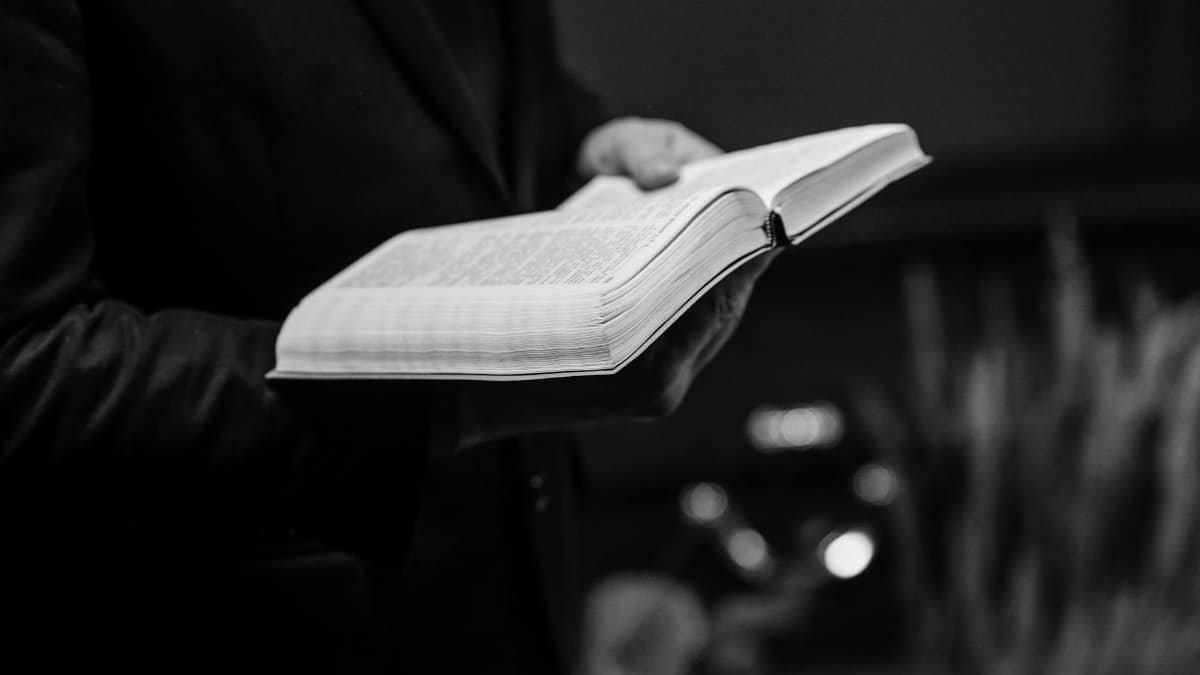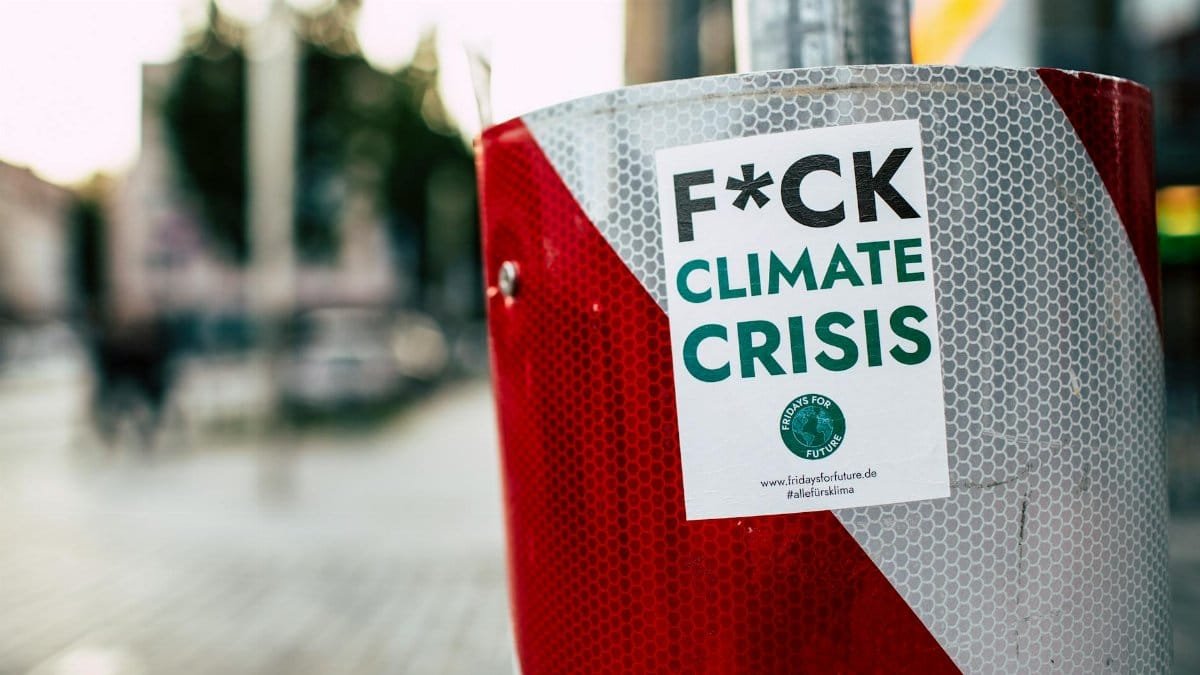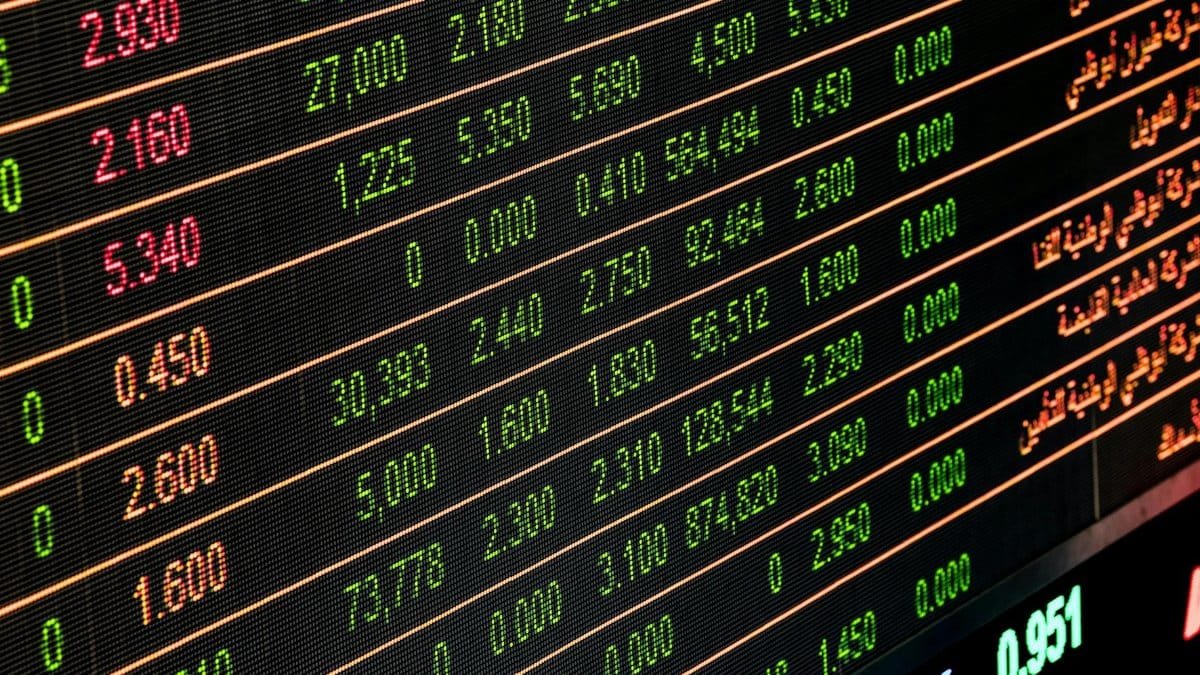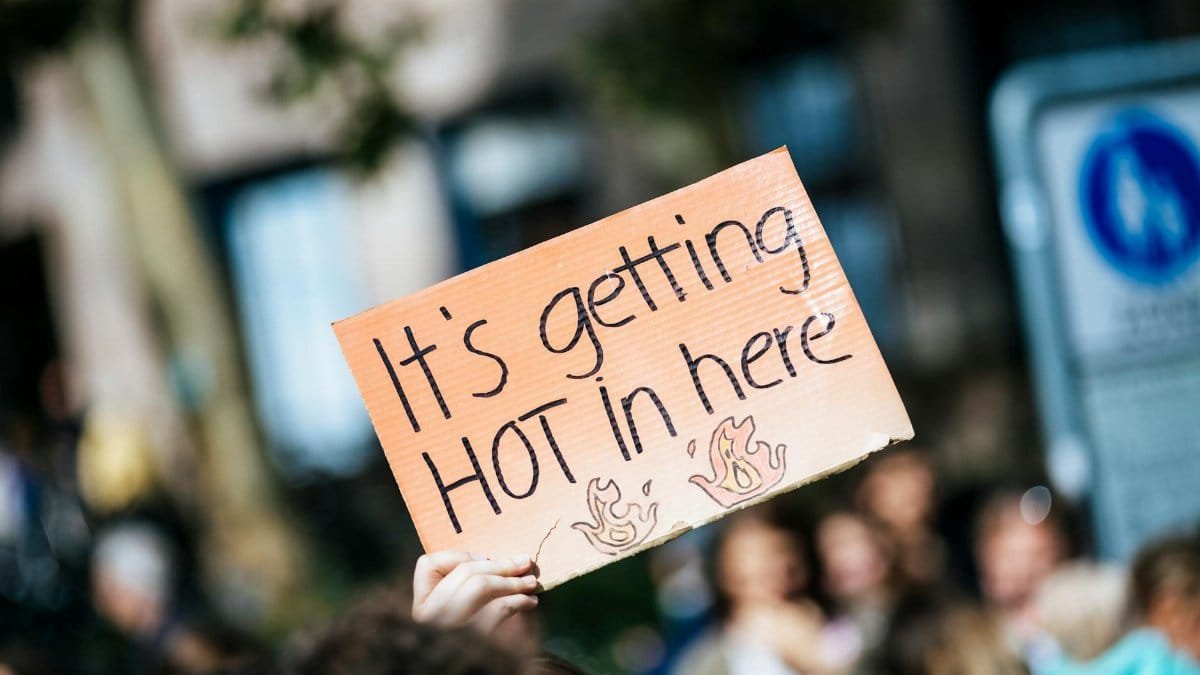Is spiritual activism climate disaster 2025 the bold new frontier in the fight against environmental collapse? Across the U.S., faith communities are stepping out of pews and into protests, blending prayer with hardcore environmental action. From organizing mass cleanups to lobbying for green policies, these groups are redefining what it means to be a believer in a warming world. With climate crises intensifying, their mission is clear: save the planet, one spiritual act at a time. This movement is gaining steam fast, and 2025 might just be its tipping point.
Faith Turns Fierce

Religious groups are no longer just offering thoughts and prayers for the planet. In 2025, spiritual activists are mobilizing with a vengeance, hosting rallies and pushing for systemic change. Interfaith coalitions, from Christians to Buddhists, are uniting under a shared banner: Earth’s survival. Their tools? Vigils at oil pipelines, divestment campaigns targeting fossil fuel giants, and sermons that double as calls to action. This isn’t quiet contemplation—it’s a loud, urgent crusade.
Climate Crisis as a Moral Battle

For many in this movement, climate change isn’t just science; it’s a moral failing. Spiritual leaders argue that humanity’s neglect of nature violates sacred principles of stewardship. In 2025, congregations are being urged to see environmental destruction as sin. Pastors and imams alike are framing carbon footprints as ethical burdens, spurring followers to act. The message is resonating, especially among younger believers who crave purpose beyond the sanctuary walls.
Numbers Don’t Lie

Recent data underscores the surge. A 2024 Pew Research study found that 62% of U.S. religious adults now view climate action as a faith-driven duty, up from 48% five years ago. This shift is visible in 2025 trends, with hundreds of faith-based climate initiatives launching nationwide. From solar panel installations at churches to vegan potlucks at mosques, spiritual activism climate disaster 2025 is measurable—and growing. Check the stats yourself at Pew Research.
Grassroots to Global

What started as small prayer circles for the planet has exploded into a global push. U.S.-based groups like GreenFaith are linking with international networks to amplify impact. In 2025, they’re coordinating events like the “Sacred Earth March,” set to draw thousands to Washington, D.C. Their goal? Pressure lawmakers for aggressive climate legislation. Organizers say spirituality adds a unique edge—moral conviction that science alone can’t muster. Learn more at GreenFaith.
Critics Push Back

Not everyone’s on board. Some traditionalists within faith communities argue that activism distracts from spiritual purity. “Our focus should be salvation, not politics,” one conservative pastor told a recent synod. Others worry that blending religion with environmentalism risks alienating skeptics who see climate science as secular. Despite the friction, proponents insist that ignoring the crisis is the real betrayal of faith. The debate is heating up alongside the planet.
Real Stories, Real Impact

Take Maria Lopez, a 34-year-old from Chicago. She joined her church’s eco-group last year and now leads weekly “green prayer walks” to protest local pollution. “We’re not just praying for change; we’re making it,” she said. Her story mirrors countless others in 2025, where ordinary believers are becoming unlikely warriors against climate disaster. These personal missions are stitching together a broader tapestry of resistance, one act of faith at a time.
Policy Meets Pulpit

Spiritual activists aren’t stopping at grassroots efforts. They’re targeting policy, too. In 2025, faith groups are lobbying for state-level renewable energy mandates and federal carbon taxes. Some have even endorsed candidates based solely on climate platforms. Their influence is catching attention—politicians are starting to court the “green believer” vote. For updates on legislative pushes, see EPA resources on environmental policy.
What’s Next for the Movement?

As climate disasters loom larger, spiritual activism climate disaster 2025 shows no signs of slowing. Experts predict more faith-driven protests, bigger coalitions, and bolder demands in the coming months. With wildfires, floods, and heatwaves as constant reminders, the stakes couldn’t be higher. Will this fusion of spirit and action spark the change we need? For now, one thing is certain: believers are done waiting for a miracle—they’re creating one.
